High Fantasy vs.
Low Fantasy
Comparing High and Low Fantasy settings
High Fantasy and Low Fantasy are two subgenres of the well-known fantasy setting. They are on two ends of the same spectrum in regard to the level of magic, monsters, and sense of epicness. In this wiki article, we’re going to cover their main differences, show which tabletop RPGs fit into which genre and tackle the question as to why high fantasy is much more popular than its low fantasy counterpart.
What makes a fantasy setting?
The fantasy genre is what we call a fictional setting; it is typically based in the dark ages and medieval times and usually mixed with supernatural elements from fairytales. These are wizards wielding magic powers, monsters hidden in forests, mysterious caverns, as well as wondrous ethnical groups (often called “races”) like elves, dwarves, and orcs. A similar term for these settings is “EDO setting,” with EDO being short for the aforementioned elves/dwarves/orcs. When talking about “the fantasy genre,” we often use Tolkien’s Middle Earth as the benchmark for a fantasy setting. Depending on the level of fictional elements included, fantasy settings are divided into high and low fantasy.

Comparison of high and low fantasy settings
Before we get into the details with these two settings, here is a quick comparison
of the most distinguishing aspects of high and low fantasy.
High Fantasy
Low Fantasy
Prevalent races
many different ones, usually elves, dwarves, halflings/hobbits and animal/human hybrids
humans only
Monsters
numerous, living in the countryside, in forests and dark caverns
very rare, often heard of only as myth or folklore
Magic
common, can be learned or inherited, magical services and items can be bought
very rare, only a handful of wizards in the world, who keep to themselves
Main plots
epic heroic deeds, simple adventurers becoming heroes of legend with demigodlike powers
tales of ordinary people trying to survive while drawn into intrigues of regents and kings
Villains
clearly defined evil NPCs who act out of lust for power, greed, or revenge
regents and kings struggling for wealth and power, blurry distinction between good and bad
Comparison of high and low fantasy settings
Before we get into the details with these two settings, here is a quick comparison
of the most distinguishing aspects of high and low fantasy.
High Fantasy
Low Fantasy
Prevalent races
many different ones, usually elves, dwarves, halflings/hobbits and animal/human hybrids
humans only
Monsters
numerous, living in the countryside, in forests and dark caverns
very rare, often heard of only as myth or folklore
Magic
common, can be learned or inherited, magical services and items can be bought
very rare, only a handful of wizards in the world, who keep to themselves
Main plots
epic heroic deeds, simple adventurers becoming heroes of legend with demigodlike powers
tales of ordinary people trying to survive while drawn into intrigues of regents and kings
Villains
clearly defined evil NPCs who act out of lust for power, greed, or revenge
regents and kings struggling for wealth and power, blurry distinction between good and bad

Signs of a high fantasy setting
Here are the main attributes used to identify a high fantasy setting:
1. The supernatural is common
Wizards and monsters are very common. Probably every person in this setting has already seen a wizard or monster with their own eyes. Magic can be learned from other wizards or at magic academies. Dangerous beasts are seemingly lurking in every forest, swamp, or cavern in the countryside, waiting for careless wanderers. And humans are not the only dominating race. It’s usually elves, dwarves, halflings, and orcs living alongside each other in different parts of the setting.
2. Heroic deeds are the main plots
In high fantasy stories, the player characters are always heroes saving common folk from a supernatural threat. A magic ritual that produced a portal to hell, a monster that’s terrorizing the region, a necromancer or barbarian horde threatening to conquer the realm. The player characters are to solve these problems for a reward, acting as heroes of the realm. Through their journeys, the characters develop from simple adventurers and soldiers of fortune to demigod-like heroes. Eventually, their goal will be to thwart the plans of a powerful villain trying to destroy the world.
3. It’s good versus bad
There is a clear distinction between good (the player characters) and evil (the villains). Adversaries are driven by morally unjust motives like lust for power, greed, or revenge and want to bring doom and despair to the realm. Ruining their plans and removing them from this world is seen as a heroic act. After doing so, peace is restored to the realm and the good people may thrive again.
Popular examples of high fantasy settings
Here are some of the most prominent fantasy RPG settings that belong to the high fantasy genre.

Das Schwarze Auge
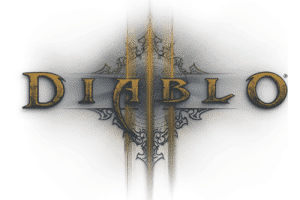
Diablo

Dungeons & Dragons
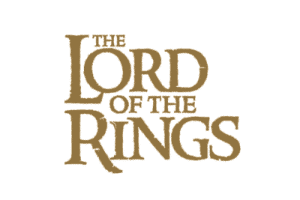
Lord of the Rings
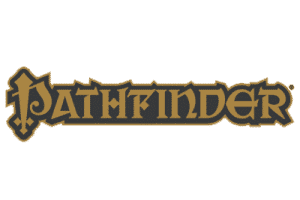
Pathfinder
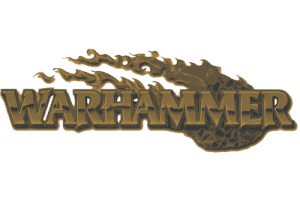
Warhammer Fantasy

Signs of low fantasy settings
1. The supernatural is rare
Magic and monsters are heard of only in rumors and folklore. Most common folk have never seen a monster or wizard with their own eyes. There might also be a dominant religion in place, banning all acts of magic as heresy and sending out witch hunters as enforcers of their dogma.
2. Survival, war, and drama are the main plots
The player characters are simple folk or even anti-heroes simply trying to make a living. Surviving in a grim medieval world is hard. Realms are often at war, causing death, famine, and destruction. Sometimes the player characters will be regarded as heroes by saving others from harm. But there is always a catch or a price to pay. You’ve driven off the greedy baron who demanded too-high taxes? Then the next baron to follow up will be even more cruel, taking hostages to secure his position of power.
3. There are no good guys
In low fantasy, there is no such thing as good or evil. It’s everyone for themselves. Every character has their dirty secrets, mouths to feed, and a dark past. There’s a lot of grey areas and characters are morally ambiguous. The best thing you can hope for is “the lesser evil.” Now this may sound very dark, but it serves as a great basis for building character-centered plots and drama.
Popular examples of low fantasy settings
Here are some great examples of low fantasy stories.
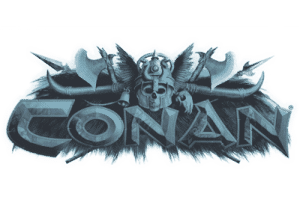
Conan
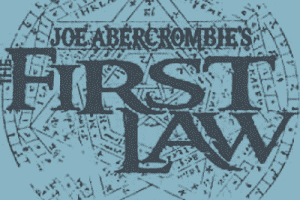
The First Law
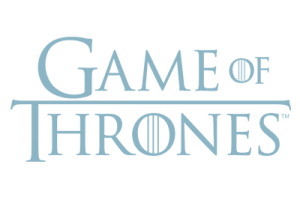
Game of Thrones
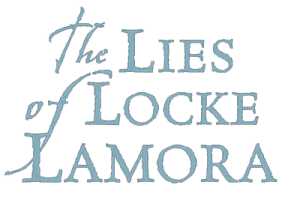
The Lies of Locke Lamora
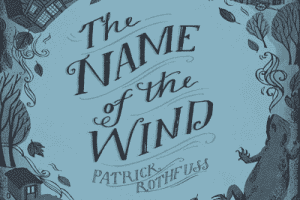
The Name of the Wind

Where does The Witcher fit in?
Obviously there are a lot of monsters and magic in The Witcher, which points towards a high fantasy setting. But the storyline revolves around character conflicts and realms at war with no clear good or bad guys. This would hint at low fantasy. In the end, it’s a mix of both genres. Some would even call The Witcher a dark fantasy setting, which is a high fantasy variant with a darker tone.
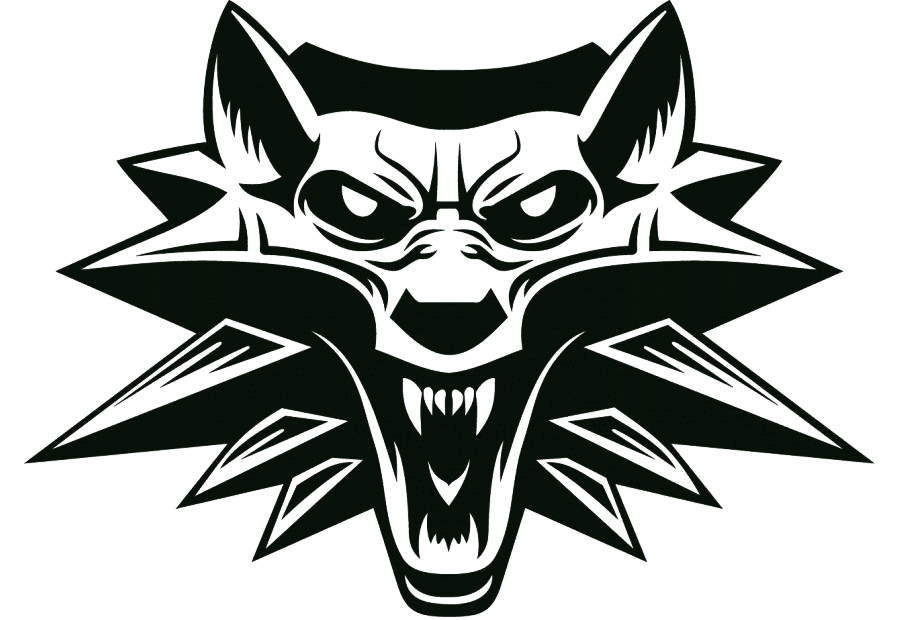
Why is high fantasy so much more popular than low fantasy?
If we compare the number of books written or RPG systems made for high and low fantasy settings, the ratio is roughly 80 to 1. There are several reasons for this.
1. It’s easier to write
High fantasy offers much more freedom when writing stories for it. In 90% of these stories, evil wizards, messed-up magic rituals, or demons are fundamental to the plot. You can always use magic or divine intervention to explain why something mysterious has happened. Developing low fantasy plots is a bit trickier in comparison. You need to make up relationship diagrams and develop complex characters for a great story, to make it work.
2. It sells better
Action, monsters, superheroes, and great visual effects (in movies) are simply easier to sell than complex character drama. Just take a look at the great success of all the superhero movies of the past 10 years. With high fantasy themes you simply reach a much larger audience than with the character-driven plots low fantasy provides. Sure, there are great books and movies for low fantasy, but the sales figures are just not on their side.
3. Stronger sense of escapism
With all its wizards, monsters, and magic, high fantasy provides a setting that is more otherworldly and wondrous than its low fantasy counterpart. You can discover new worlds, fantastic landscapes, and creatures. This makes for a much better escapist experience. Additionally, the clear distinction between good and evil makes high fantasy more upbeat than the realism of low fantasy stories. This also aids in setting aside the worries of everyday life for a few moments.

Other fantasy genres
Next to high and low fantasy, there are some more fantasy subgenres worth mentioning.
Dark or Grim Fantasy
Similar to high fantasy, dark or grim fantasy is full of monsters and magic. But the stories take place in a doomed world, which will eventually collapse. Heroic actions matter in the short term but seem meaningless in the long run. Examples of dark or grim fantasy settings are Warhammer Fantasy, Diablo, Ravenloft, Shadow of the Demon Lord, and The Witcher.
Urban Fantasy
Urban fantasy is about supernatural factions fighting over power in a modern world capital city. It’s vampires against werewolves, mages against fairy courts, and so on. The players are representatives of these factions or independent troubleshooters, caught in the web of intrigues and powerplay between these parties. Examples of urban fantasy settings are Urban Shadows, Vampire: The Requiem, Dresden Files, Monster of the Week, or Hunter the Reckoning.
Science Fantasy
Set in the future in a faraway galaxy, science fantasy mixes sci-fi with high fantasy. Technology is so advanced by now that it creates magic-like effects. Popular examples for science fantasy settings are: Star Wars, Numenera, Jack Vance’s Dying Earth, and Frank Herbert’s Dune.


Game of Throne is actually considered high fantasy story not low fantasy. I don’t know if you have watched or read game o thrones but it literally fits to the characteristics of high fantasy that you wrote up there.
Hi Diogo,
I’ve read the AGot books twice and also saw the HBO series (except for season 8).
In the first six books (or seasons) the story seem pretty low-fantasy for me. Mythical creatures like Grumpkins and Snarks are the stuff fairytales are made of.
That’s why I mentioned it in the low fantasy category.
But I see your point. As soon as the dragons and the army of the Night King appear, the story turns into a high fantasy one – even more so in the TV show.
Many fans see the TV adaption of AGot as a mismatch to Martin’s original work. I also prefer the books over the HBO series (the latter seasons).
I maybe should have added this in the article for clarification. Thanks for pointing this out.